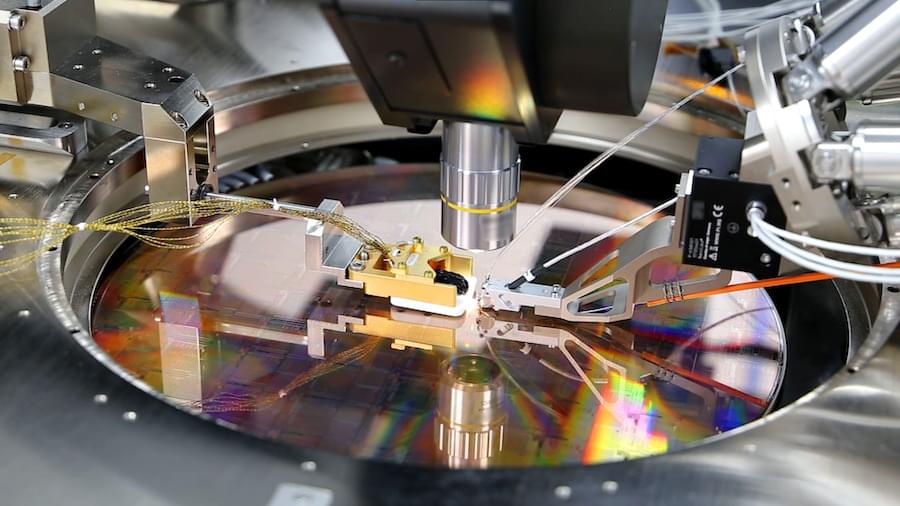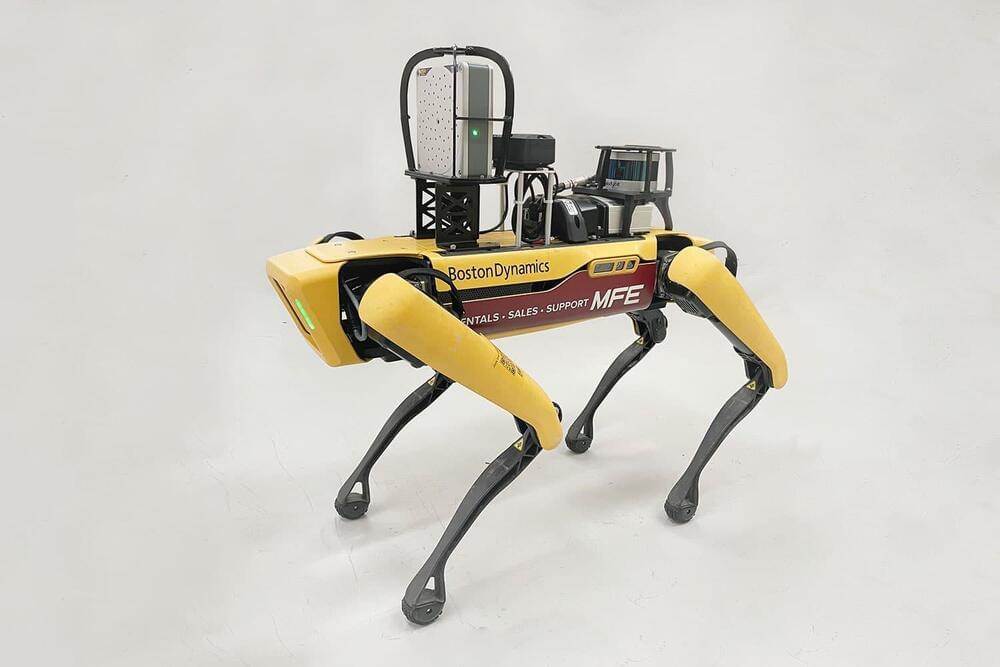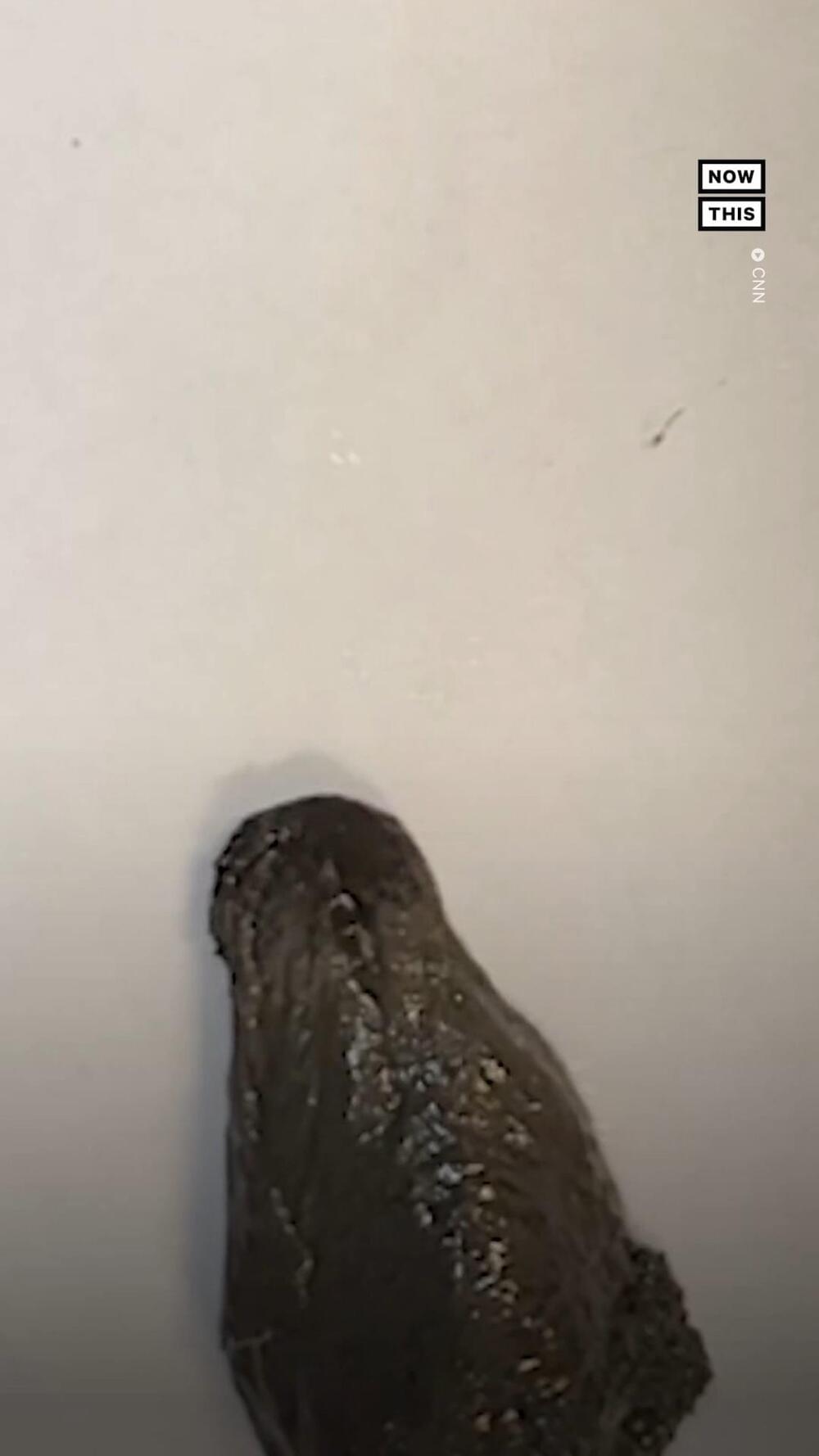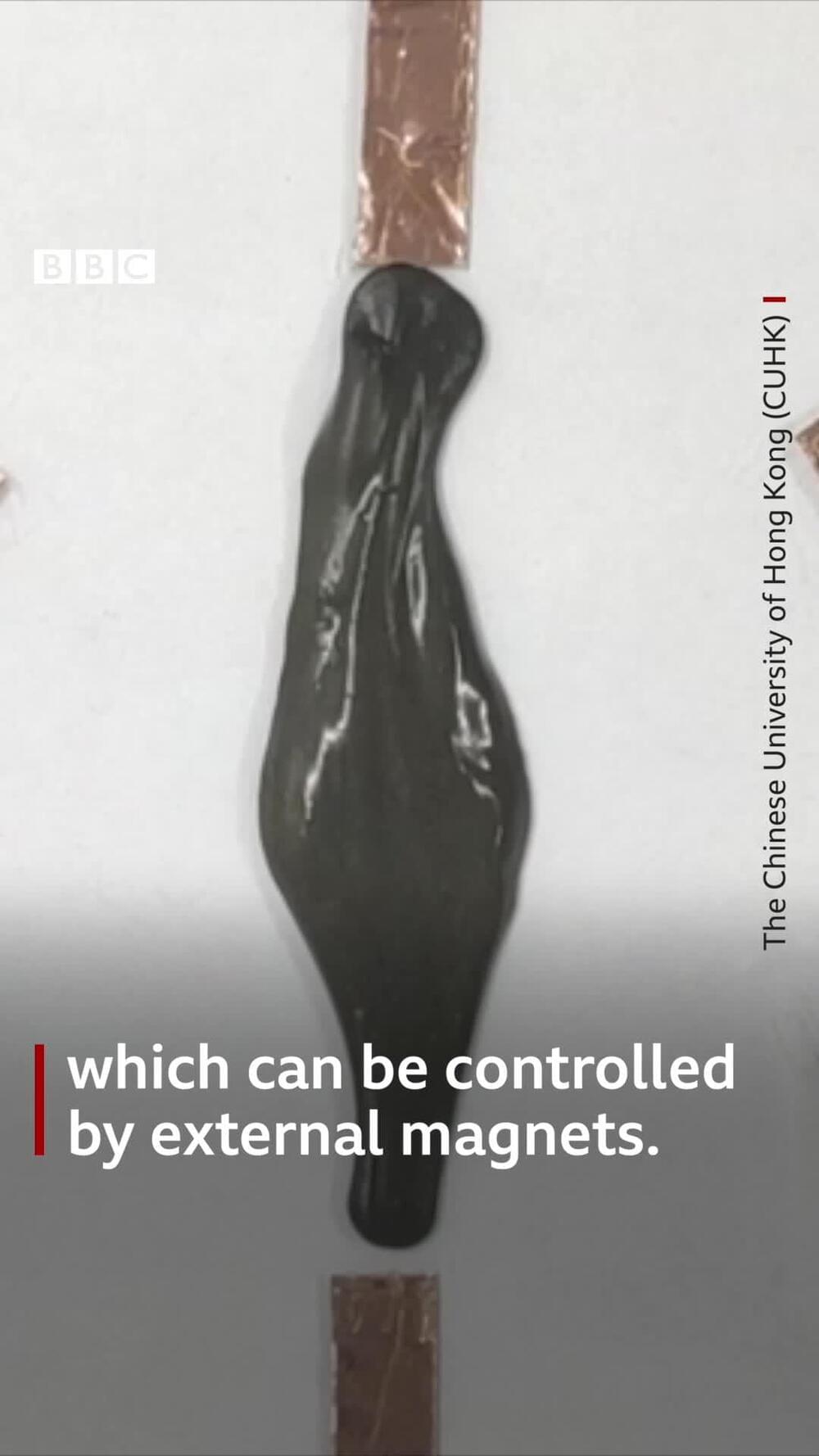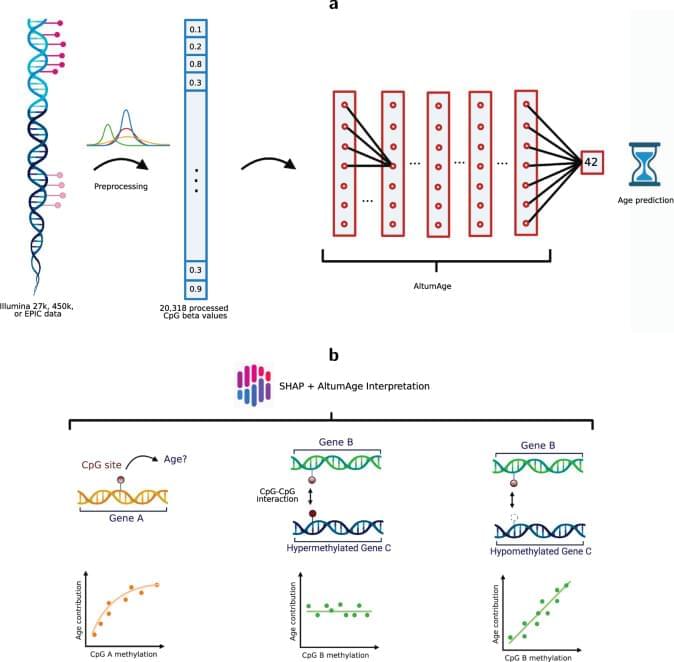PsiQuantum, founded in 2016 by four researchers with roots at Bristol University, Stanford University, and York University, is one of a few quantum computing startups that’s kept a moderately low PR profile. (That’s if you disregard the roughly $700 million in funding it has attracted.) The main reason is PsiQuantum has eschewed the clamorous public chase for NISQ (near-term intermediate scale quantum) computers and set out to develop a million-qubit system the company says will deliver big gains on big problems as soon as it arrives.
When will that be?
PsiQuantum says it will have all the manufacturing processes in place “by the middle of the decade” and it’s working closely with GlobalFoundries (GF) to turn its vision into reality. The generous size of its funding suggests many think it will succeed. PsiQuantum is betting on a photonics-based approach called fusion-based quantum computing (paper) that relies mostly on well-understood optical technology but requires extremely precise manufacturing tolerances to scale up. It also relies on managing individual photons, something that has proven difficult for others.
